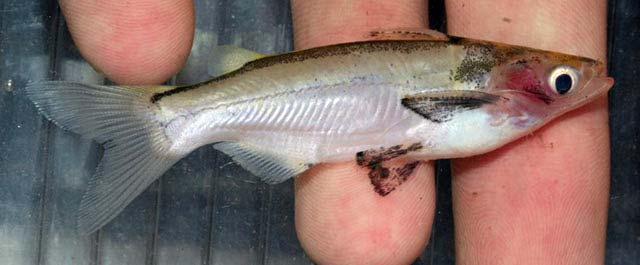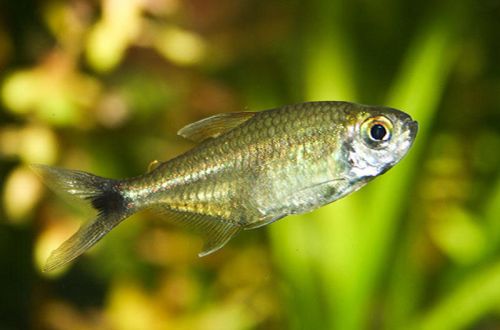
sleeping catfish
Entomocorus Benjamin or Sleeping catfish, scientific name Entomocorus benjamini, belongs to the family Auchenipteridae (Occipital). He got one of his names because of the peculiarity of behavior. It leads a nocturnal lifestyle, and during the day it hides in shelters with little or no movement, lying on the bottom.

The catfish is native to South America. Inhabits the basin of the Madeira River, the largest tributary of the Amazon. The river flows through the territory of Bolivia and the Brazilian states of Amazonas and Rondonia.
Description
Adults reach a length of about 7 cm. The color is unremarkable with a predominance of gray shades. The fins are short, the tail is forked. Catfish have large eyes, which, along with sensitive antennae, help to find food in dim light or at dusk.

Behavior and Compatibility
Peace-loving calm fish, gets along well with relatives and other non-aggressive species of comparable size.
Brief information:
- The volume of the aquarium – from 50 liters.
- Temperature – 22-28°C
- Value pH — 6.0–7.5
- Water hardness – 10–12 dGH
- Substrate type – any
- Lighting – subdued
- Brackish water – no
- Water movement – moderate
- The size of the fish is up to 7 cm.
- Nutrition – any food rich in protein
- Temperament – peaceful
- Content – alone or in a group
Maintenance and care, arrangement of the aquarium
For one catfish, an aquarium of 50-60 liters is enough. The decor is simple. It is necessary to combine open areas for swimming and places for shelters of a suitable size, for example, from natural driftwood.
Unpretentious, successfully adapts to a wide range of pH and GH values. Needs warm water with a temperature of 22–28 ° C.
Aquarium maintenance is standard and consists of such mandatory procedures as weekly replacement of part of the water with fresh water, removal of organic waste and equipment maintenance.
Food
In nature, the basis of the diet are small invertebrates (primarily insects), zooplankton, aquatic and terrestrial vegetation.
In a home aquarium, it is recommended to feed foods rich in protein. It can be dry food in the form of flakes, granules, etc., fresh or frozen earthworms, bloodworms.
Sources: wikipedia.org, fishbase.in





